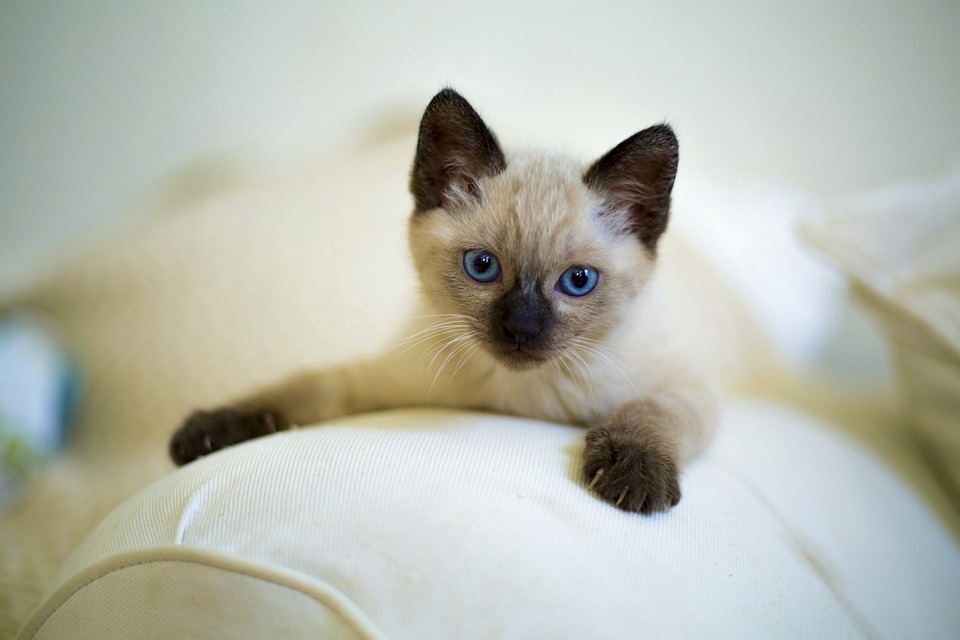As a cat owner, it’s important to understand your feline friend’s body language and behavior. One common sign of agitation in cats is tail twitching. While it may seem harmless, tail twitching can indicate underlying stress or discomfort. In this article, we’ll explore the reasons behind tail twitching behavior, how to address it, and answer some frequently asked questions about this topic.
Understanding Tail Twitching Behavior
Cats communicate through their tails, using them as a vital tool to express their emotions. Tail twitching can be a normal behavior in certain situations, such as when your cat is excited or focused on something interesting. However, when tail twitching becomes more intense or frequent, it may indicate agitation or anxiety.
Causes of Tail Twitching in Cats
1. Nervousness or fear: Cats may twitch their tails when they feel threatened or scared. This behavior is an attempt to make themselves appear larger and more intimidating to potential threats.
2. Aggression: Tail twitching can also occur when a cat is feeling aggressive. It may be accompanied by other signs of aggression, such as hissing, growling, or raised fur.
3. Pain or discomfort: Cats in pain or discomfort may exhibit tail twitching as a response to their distress. It could indicate an underlying health issue or injury.
4. Overstimulation: Some cats may become overstimulated during play or petting sessions. Tail twitching can be a way for them to release excess energy or frustration.
Addressing Tail Twitching Behavior
1. Identify triggers: Observe your cat’s behavior to identify potential triggers for tail twitching. It could be certain sounds, people, other pets, or specific situations that cause agitation. Once you identify these triggers, try to minimize your cat’s exposure to them or create a more comfortable environment.
2. Provide a safe space: Cats need a safe space where they can retreat and feel secure. Create a designated area in your home where your cat can escape to when feeling agitated. This space should be quiet, comfortable, and equipped with your cat’s essentials, such as food, water, and a litter box.
3. Try calming techniques: Various techniques can help calm an agitated cat. Playing soft classical music or using pheromone diffusers designed for cats can create a soothing environment. Additionally, consider interactive toys or puzzle feeders to keep your cat mentally stimulated and distract them from potential triggers.
4. Consult with a veterinarian: If your cat’s tail twitching behavior persists or worsens despite your efforts, it’s advisable to consult with a veterinarian. They can conduct a thorough examination to rule out any underlying health issues that may be causing the agitation.
FAQs about Tail Twitching in Cats
1. Is tail twitching always a sign of agitation in cats?
No, tail twitching is not always a sign of agitation. It can also indicate excitement or focus, especially if the tail is held high and twitching gently. It’s important to consider other accompanying behaviors and the intensity of the tail twitching to determine the underlying emotion.
2. Should I punish my cat for tail twitching behavior?
No, punishment is not recommended as a response to tail twitching behavior. Punishment can further stress or agitate your cat, potentially worsening the problem. Instead, focus on identifying and addressing the underlying cause of the tail twitching.
3. Can tail twitching be a symptom of a medical condition?
Yes, tail twitching can be a symptom of an underlying medical condition or pain. If you notice persistent or severe tail twitching, it’s best to consult with a veterinarian to rule out any potential health issues.
4. Can tail twitching be prevented?
Tail twitching is a natural behavior in cats, but taking steps to minimize stress, providing a safe space, and addressing any underlying issues can help reduce the frequency and intensity of tail twitching episodes.
Understanding your cat’s tail twitching behavior is crucial for maintaining their overall well-being. By identifying the triggers, creating a safe environment, and seeking professional advice when needed, you can help your feline companion feel more comfortable and secure.








